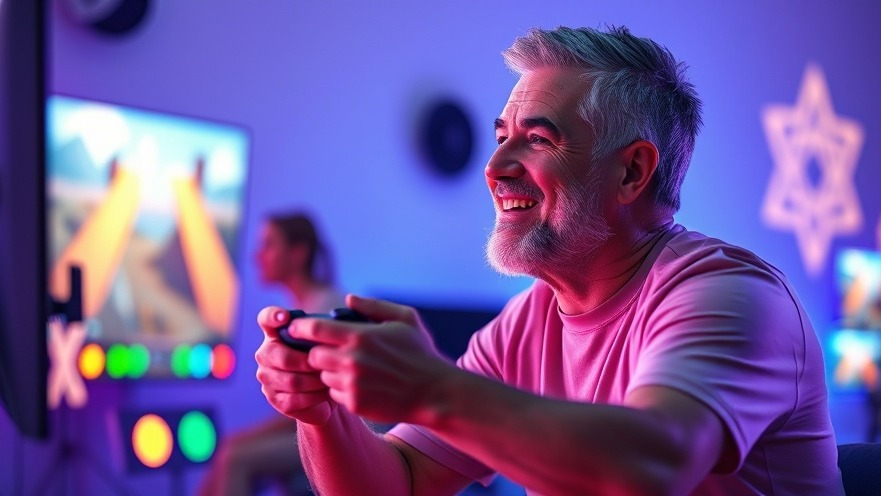
Revolutionizing Rehabilitation: Video Games Healing Hands and Wrists
In recent years, the blending of entertainment and medical rehabilitation has given rise to innovative solutions aimed at enhancing physical recovery for patients with mobility issues. A prime example of this advancement is evidenced by two groundbreaking video games developed by Universidad Carlos III de Madrid in collaboration with Ecuador’s Escuela Politécnica and ASEPEYO hospitals.
How eJamar and Games Transform Treatment
The newly developed games, Peter Jumper and Andromeda, function as exergames designed to assist with hand and wrist rehabilitation. An integral part of this system is the electromechanical controller, known as eJamar, which monitors a patient’s range of motion and grip strength through advanced sensors. This technological integration not only enables a fun gaming experience but also provides valuable data for therapists to track the patient’s progress effectively.
The Art of Gamification: Enhancing Engagement
Gamification has emerged as a crucial strategy in rehabilitation therapy. Traditional recovery methods often lack excitement, resulting in decreased patient engagement. Noting this gap, the developers of Peter Jumper and Andromeda sought to create a rewarding gaming environment that motivates patients by transforming tedious exercises into engaging challenges. Each game mimics arcade-style play, where users navigate scenarios that require precise hand movements and coordination.
Building Necessity into Innovation
The genesis of these games arose from identified deficiencies in previous rehabilitation practices. As stated by Andrés Fernando Cela Rosero, one of the authors, traditional treatments did not adequately address the need for physical devices that promote hand mobility. Understanding this void led to the inception of eJamar and its accompanying games, making rehabilitation not only effective but also enjoyable.
Initial Testing Yields Promising Outcomes
According to the research team's tests with patients, encouraging initial results have emerged. Patients undergoing rehabilitation reported higher levels of motivation and involvement in their treatment plans compared to conventional approaches. This advancement aligns with findings in other studies, such as those by Bressler et al., which pointed out that gamification could significantly boost motivation among patients enduring repetitive tasks.
The Broader Landscape of Exergames in Therapeutic Settings
The integration of video games into therapeutic practices is not a novel concept. As outlined in research from the JMIR Serious Games, the use of virtual reality games for rehabilitation is gaining traction, demonstrating that these technologies can effectively support therapy outcomes through interactive engagement.
Bridging the Gap: Addressing Key Rehabilitation Challenges
Therapists continuously face challenges motivating patients to perform necessary exercises consistently. By incorporating gaming technology, as evidenced in studies assessing VR’s role in stroke recovery, it becomes easier to provide **repetitive movement practice** while keeping patients engaged.
Clinician Guide: Integrating New Tech into Practice
For health practitioners interested in the latest advancements, embracing these video games could be a game changer. Understanding how to weave technology into treatment plans can provide clinicians with tools to encourage adherence to rehabilitation protocols effectively while collecting data that aids in tailoring further interventions.
Conclusion: A Call to Action for Health Practitioners
The integration of video games in rehabilitation represents a significant shift toward more engaging and effective patient care strategies. For health practitioners dedicated to enhancing patient outcomes, leveraging innovative solutions such as Peter Jumper and Andromeda might not just be a trend but a pathway to revolutionized rehabilitation practices. Embracing these technologies could catalyze improved recovery processes for individuals struggling with mobility issues. Keep an eye on these developments as they continue to evolve and potentially reshape the landscape of physical therapy.
 Add Row
Add Row  Add
Add 






Write A Comment